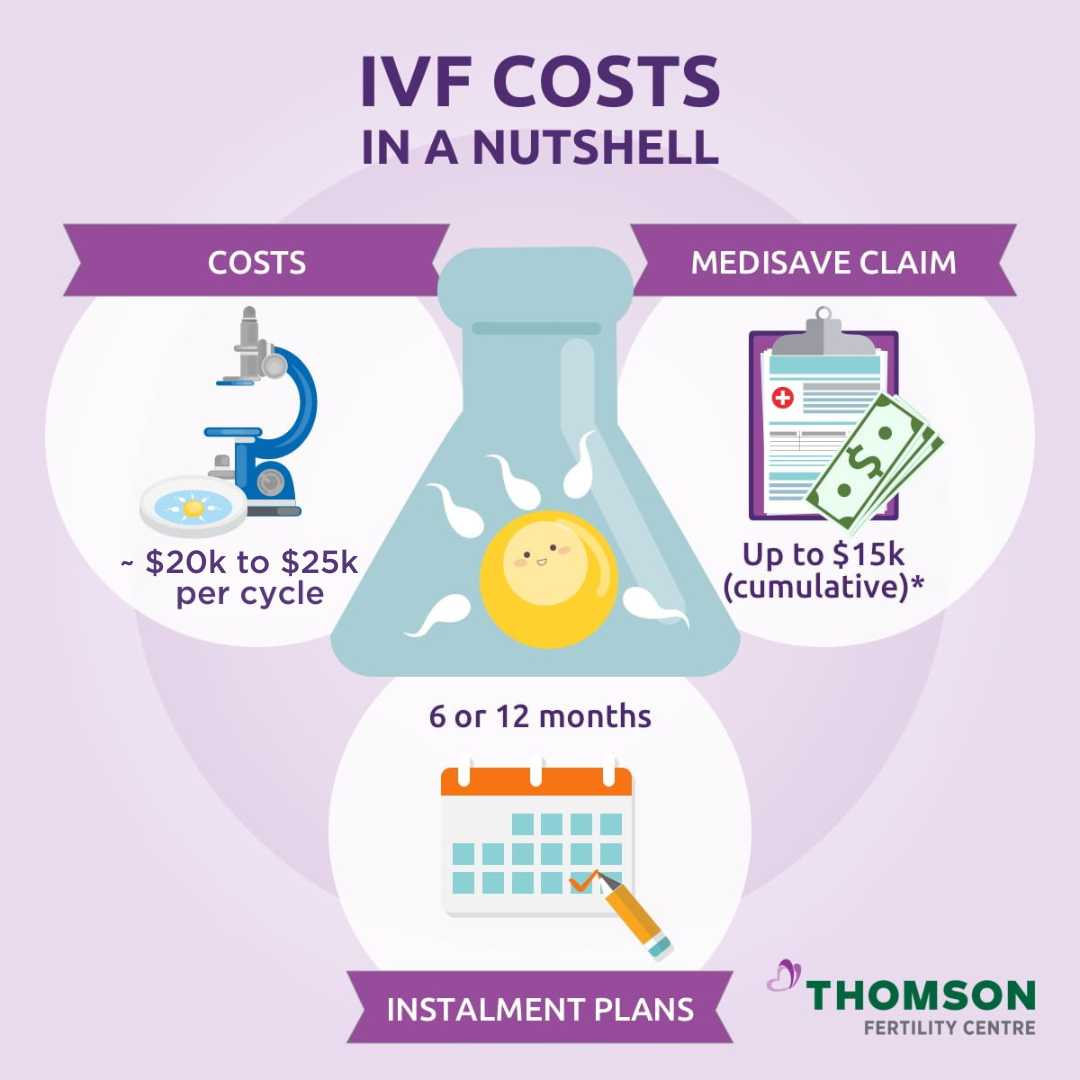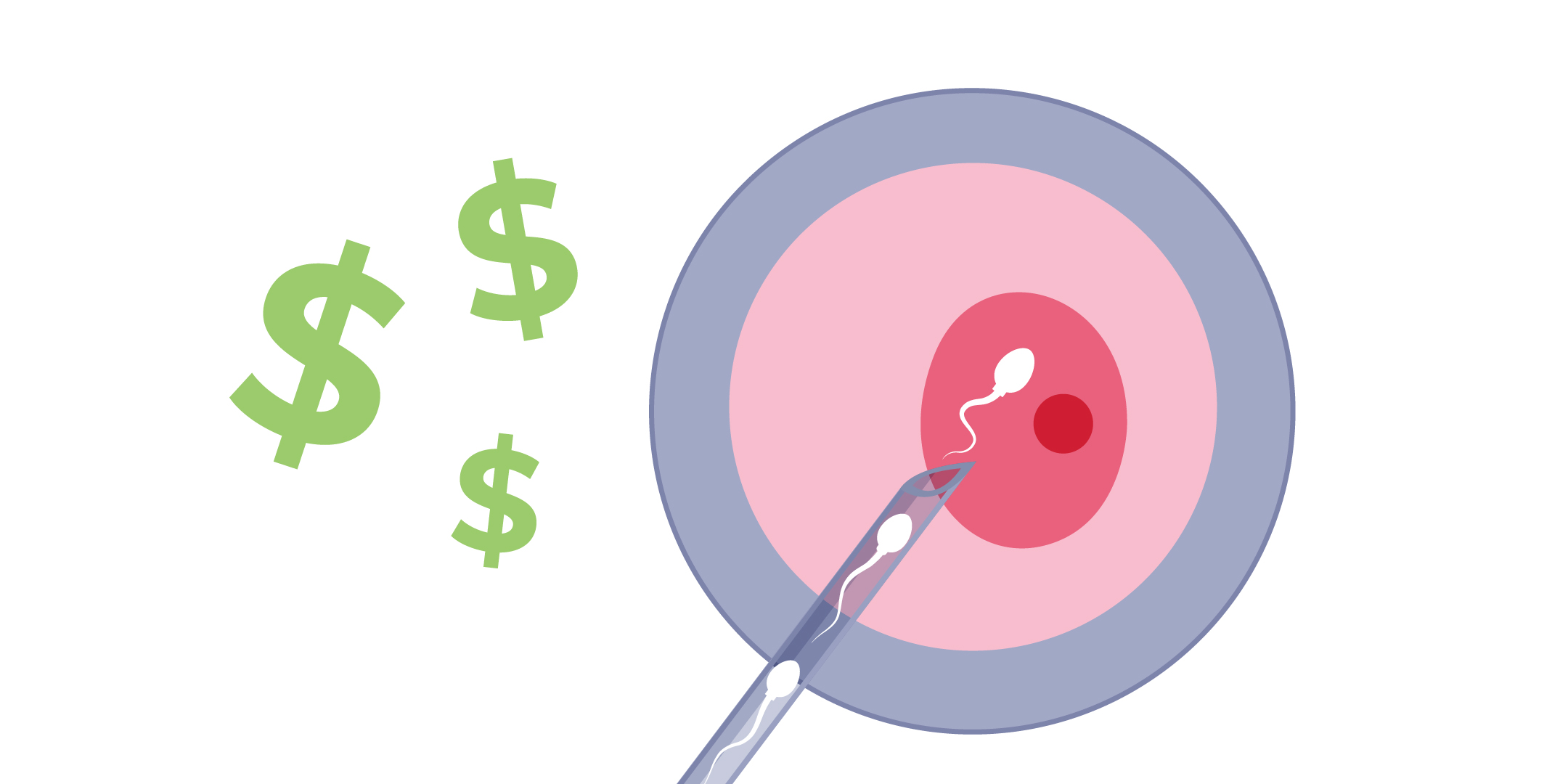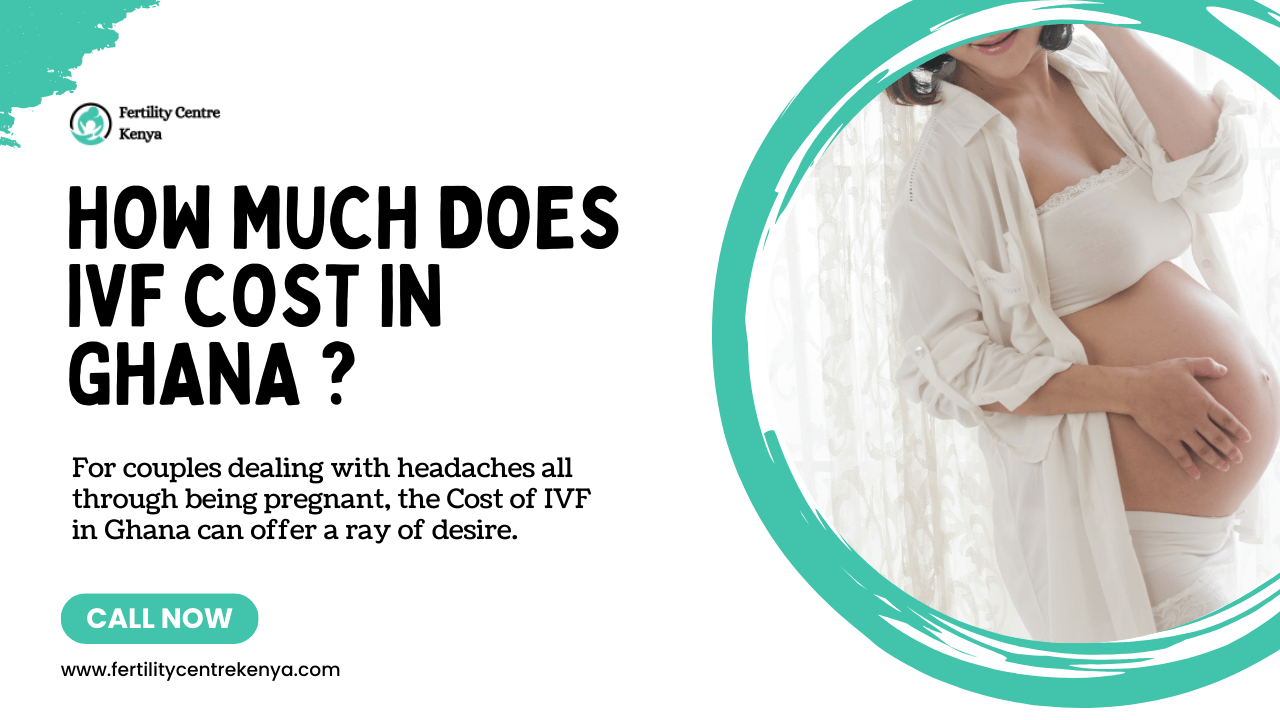
How Expensive Is IVF? A Deep Dive Into Costs, Hidden Factors, and Practical Tips
April 10, 2025How Much Does IVF Cost? A Deep Dive into Prices, Secrets, and Practical Tips
In vitro fertilization (IVF) is a life-changing option for many people dreaming of starting a family. But let’s be real: the first question that pops into most minds is, how much does IVF cost? It’s not just about the numbers—it’s about what those numbers mean for your wallet, your emotions, and your future. In this article, we’re going to unpack everything you need to know about IVF costs in a way that’s easy to understand, packed with insider details, and loaded with practical advice. From hidden fees to hobbies that can help you cope, we’ll cover it all—plus some fresh research and unique angles you won’t find anywhere else.

The Big Picture: What’s the Average Cost of IVF?
Let’s start with the basics. IVF isn’t cheap, and the price tag can feel overwhelming. On average, one IVF cycle in the United States costs between $12,000 and $15,000, according to the American Society for Reproductive Medicine (ASRM). But here’s the catch: that’s just the starting point. When you add in medications, tests, and extra procedures, the total can easily climb to $20,000 or more per cycle. And since many people need more than one cycle to succeed, the costs can stack up fast.
Why Does IVF Cost So Much?
IVF is like a high-tech recipe for making a baby, and every ingredient comes with a price. Here’s a breakdown of what you’re paying for:
- Clinic Fees: This covers the doctor’s time, the lab work, and the embryo transfer. Think of it as the “base price” for the service—usually $8,000 to $10,000.
- Medications: Fertility drugs can cost anywhere from $3,000 to $7,000 per cycle. These are the hormones that help your body produce eggs, and they’re not optional.
- Tests and Monitoring: Blood tests, ultrasounds, and check-ups add another $1,500 to $3,000.
- Extras: Things like freezing embryos or genetic testing (if you choose them) can tack on $1,000 to $5,000 more.
Imagine you’re building a custom car. The base model might be affordable, but once you add leather seats, a fancy engine, and a sunroof, the price skyrockets. IVF works the same way—every step is tailored to you, and that customization costs money.
Does Everyone Pay the Same?
Nope! Your IVF bill depends on a lot of personal factors. Here’s what can make your costs go up or down:
- Age: If you’re over 35, you might need more medication or extra cycles, which means higher costs.
- Location: IVF in New York City or Los Angeles is pricier than in smaller towns—sometimes by thousands of dollars.
- Health Issues: Conditions like endometriosis or low sperm count can require additional treatments, bumping up the total.
For example, a 28-year-old in Texas might pay $14,000 for a straightforward cycle, while a 40-year-old in California with fertility challenges could be looking at $25,000 or more. It’s all about your unique situation.
Hidden Costs You Might Not Expect
Here’s where things get juicy. A lot of folks don’t realize that IVF comes with sneaky extras that can catch you off guard. These hidden costs aren’t always talked about upfront, but they’re a big deal when you’re budgeting.
The Emotional Price Tag
IVF isn’t just about money—it’s an emotional rollercoaster. The stress of waiting for results, the disappointment of a failed cycle, and the pressure of spending so much can weigh you down. Studies from Stanford University show that infertility struggles can double your risk of anxiety and depression. So, while this isn’t a dollar amount, it’s a cost you’ll feel deeply.
Tip: Pick up a hobby like journaling or painting to manage the stress. Research from New Zealand found that creative activities can boost your mood and even help you feel more hopeful during tough times.
Travel and Time Off Work
If your clinic isn’t nearby, you might need to travel for appointments—sometimes multiple times a week. Gas, flights, or hotel stays can add hundreds or even thousands to your bill. Plus, taking time off work for egg retrieval or embryo transfer might mean lost wages. For someone earning $20 an hour, missing just three days of work is $480 gone.
Real-Life Example: Sarah, a 34-year-old teacher from Ohio, had to drive two hours each way to her clinic. Over a month, she spent $300 on gas and took five unpaid days off—costing her an extra $800 she hadn’t planned for.
Storage Fees for Frozen Embryos
If your cycle produces extra embryos, you can freeze them for later. That’s great news—until you see the bill. Storage fees range from $350 to $1,000 per year, and they add up if you’re not ready to use those embryos right away. One couple I read about paid $2,500 over five years just to keep their embryos on ice!
Quick Tip: Ask your clinic about payment plans for storage. Some offer discounts if you pay for multiple years upfront.

Does Insurance Cover IVF? The Truth Revealed
One of the biggest questions people ask is, Will my insurance help? The answer is… it depends. Insurance coverage for IVF is a mixed bag, and it’s tied to where you live and what plan you have.
States That Mandate Coverage
As of March 2025, 21 states in the U.S. have laws requiring some level of infertility coverage, according to the National Conference of State Legislatures. Places like California, New York, and Illinois now mandate that insurance companies cover IVF to some extent. For example, New York requires up to three cycles, which could save you $36,000 if you max it out!
But there’s a twist: not all plans follow these rules. If your employer self-insures (common with big companies), they can opt out. So even in a “mandate state,” you might still be on your own.
What If You’re Not Covered?
If you live in a state without mandates—like Florida or Georgia—or your plan doesn’t include IVF, you’re looking at paying the full amount out of pocket. Posts on X show people frustrated about this, with one user saying, “IVF costs $15,000 to $40,000, and now California’s forcing insurance to cover it, raising rates for everyone!” Whether that’s fair or not, it’s the reality for many.
Hack: Check if your employer offers fertility benefits. Companies like Starbucks and Amazon now cover IVF, even for part-time workers. It’s worth a quick chat with HR!
Medication Coverage Surprise
Even if your insurance doesn’t cover the IVF procedure, it might pay for the fertility drugs. A 2023 study from the Kaiser Family Foundation found that 40% of insured Americans got at least partial medication coverage, cutting costs by $2,000 to $5,000. Call your provider and ask—it’s a simple way to save.
How Many Cycles Will You Need? A Cost Multiplier
Here’s a tough truth: IVF doesn’t always work the first time. Success rates depend on age, health, and a bit of luck, and that means the total cost can vary wildly.
Success Rates by Age
The Centers for Disease Control and Prevention (CDC) tracks IVF success rates, and the numbers tell a clear story:
- Under 35: 50% chance of a live birth per cycle
- 35-37: 38% chance
- 38-40: 25% chance
- Over 40: 10% chance
So, if you’re 32, you might get lucky with one $15,000 cycle. But if you’re 39, you could need three cycles—jumping your total to $45,000 or more.
Multi-Cycle Packages
Some clinics offer discounts if you buy a package deal—like three cycles for $35,000 instead of $45,000. It’s like a bulk deal at Costco, but for baby-making. Just be sure to read the fine print: refunds for unused cycles aren’t always guaranteed.
Pro Tip: Dr. Jane Frederick, a fertility expert from California, says, “Ask your clinic about multi-cycle plans early. It’s a smart way to lock in savings if you think you’ll need more than one try.”
The “What If It Fails?” Factor
If a cycle doesn’t work, you’re not just out the money—you’re back to square one emotionally. That’s why some people save up for multiple tries upfront. One mom I heard about spent $60,000 over four cycles before her twins were born. She said, “It was worth every penny, but I wish I’d known to plan for the long haul.”

Ways to Lower Your IVF Costs
Good news: you don’t have to pay full price if you get creative. There are tons of ways to cut corners without cutting quality. Let’s dive into some practical hacks.
Mini-IVF: A Cheaper Option
Mini-IVF uses fewer drugs and a gentler approach, dropping the cost to $5,000 to $7,000 per cycle. A 2022 study in Fertility and Sterility found that it’s just as effective for younger women with good egg reserves. It’s like choosing a hybrid car—less fuel, same destination.
✔️ Pros: Lower cost, fewer side effects
❌ Cons: Not ideal if you need lots of eggs
Grants and Discounts
Charities like BabyQuest and the Tinina Q. Cade Foundation offer IVF grants—sometimes up to $10,000! Clinics might also give discounts if you’re a teacher, veteran, or first responder. One nurse I know got 20% off her cycle just by asking.
Steps to Apply for a Grant:
- Search online for “IVF grants 2025.”
- Check eligibility (usually income-based).
- Submit an application with your story—be honest and heartfelt.
- Wait 6-8 weeks for a response.
Shared Risk Programs
Some clinics promise a baby or your money back. You pay a flat fee—like $25,000—for up to six cycles. If it works, great! If not, you get a refund. It’s a gamble, but it can ease the financial sting of failure.
Heads-Up: These programs often exclude meds, so factor that in.
Hobbies and Interests to Help You Through IVF
IVF isn’t just about money—it’s about surviving the journey. Hobbies can be your secret weapon to stay sane and save a little cash along the way.
Gardening: Grow Hope (and Food!)
Planting a garden is cheap, relaxing, and gives you something to nurture while you wait. A 2024 study from the University of Colorado found that gardening cuts stress by 30%. Plus, growing your own veggies can save you $50 a month on groceries—money you can stash for IVF.
Starter Idea: Try herbs like basil or mint. They’re easy and cost under $10 to start.
DIY Projects: Save and Distract
Love crafting? Making your own baby blanket or nursery decor can keep your hands busy and your mind off the next appointment. One couple saved $200 by building their own crib instead of buying one.
Fun Fact: DIY fans on X say it’s “cheaper than therapy and twice as fun!”
Walking: Free Fitness and Fresh Air
Walking costs nothing and boosts your fertility odds. A 2023 Harvard study showed that 30 minutes a day improves egg quality in women under 35. Lace up your sneakers and take a friend—it’s a double win for body and soul.
Privacy Concerns You Should Know About
IVF involves sharing a lot of personal info, and that can feel invasive. Here’s what’s at stake and how to protect yourself.
Your Data on Display
Clinics track everything—your cycle, your meds, even your partner’s sperm count. That’s all stored somewhere, and breaches happen. In 2021, a fertility clinic in Florida had a data leak affecting 1,200 patients. Scary, right?
Protect Yourself: Ask your clinic how they secure your info. Look for ones that use encrypted systems.
Embryo Ownership Drama
Who “owns” your frozen embryos if you split with your partner? It’s a legal gray area. Some couples sign agreements upfront, but others end up in court. One woman told me, “I never thought I’d fight over embryos like they’re property.”
Smart Move: Talk to a lawyer before freezing anything. It’s $200 well spent for peace of mind.
Nosy Friends and Family
People love asking, “How’s it going?” But IVF is private, and constant questions can feel like prying. Dr. Aimee Eyvazzadeh, a fertility specialist, says, “Set boundaries early. You don’t owe anyone your story.”
Tip: Have a go-to line like, “We’re working on it—thanks for checking in!”
Latest Research: What’s New in 2025?
IVF science is always evolving, and 2025 brings some exciting updates that could affect costs and success rates.
AI-Powered Embryo Selection
Artificial intelligence is now picking the best embryos, boosting success rates by 15%, per a 2024 study in Nature Medicine. Clinics using AI might charge more upfront—say, $1,000 extra—but it could mean fewer cycles overall.
Cheaper Meds on the Horizon
A new generic fertility drug hit the market in early 2025, cutting costs by 20%. That’s $600 to $1,400 less per cycle! Ask your doctor if it’s an option for you.
At-Home Monitoring Kits
Some clinics now offer kits to track your hormones at home, reducing in-person visits. A 2025 pilot program in Texas saved patients $500 per cycle on travel and monitoring fees. It’s not everywhere yet, but it’s worth watching.
Real Stories: What IVF Costs Mean to Real People
Numbers are one thing, but stories hit different. Here’s what IVF costs look like through the eyes of everyday folks.
Jenna’s Journey: $18,000 and Counting
Jenna, a 36-year-old from Oregon, spent $18,000 on her first cycle. It didn’t work, but she’s trying again. “I sold my old car to pay for it,” she said. “It’s wild how much you’ll do for a chance at a kid.”
Mike and Tara: The $50,000 Twins
Mike and Tara, a couple from Illinois, shelled out $50,000 over three cycles. Their twins arrived in 2024, and Mike laughed, “They’re the most expensive thing we own—and the best.”
Lisa’s Hack: $9,000 Success
Lisa, 30, went for mini-IVF and scored a grant, dropping her cost to $9,000. Her son was born last month. “I got lucky,” she said, “but I also got creative.”
Your Action Plan: Making IVF Work for You
Ready to tackle IVF costs? Here’s a step-by-step guide to keep your budget—and your sanity—intact.
Step 1: Get a Full Quote
Call your clinic and ask for a detailed breakdown. Don’t just take the base price—get the total with meds, tests, everything.
Step 2: Check Your Insurance
Even if you’re in a non-mandate state, dig into your policy. Look for loopholes like medication coverage or diagnostic tests.
Step 3: Explore Financing
Loans, payment plans, or fertility-specific credit cards (like Springstone) can spread the cost over time. Rates start at 5-10% interest.
Step 4: Build a Buffer
Save an extra $5,000 for surprises—travel, storage, or a second try. Think of it as your IVF emergency fund.
Step 5: Lean on Your Hobbies
Pick one stress-busting hobby and stick with it. Whether it’s yoga or baking, it’ll keep you grounded when the bills roll in.

Let’s Talk: What’s Your IVF Story?
IVF is personal, and everyone’s journey is different. What’s your biggest worry about the cost? Have you found a clever way to save? Drop your thoughts below—I’d love to hear from you! And if you’ve got a question, ask away. Let’s keep this conversation going and support each other through the ups and downs.
